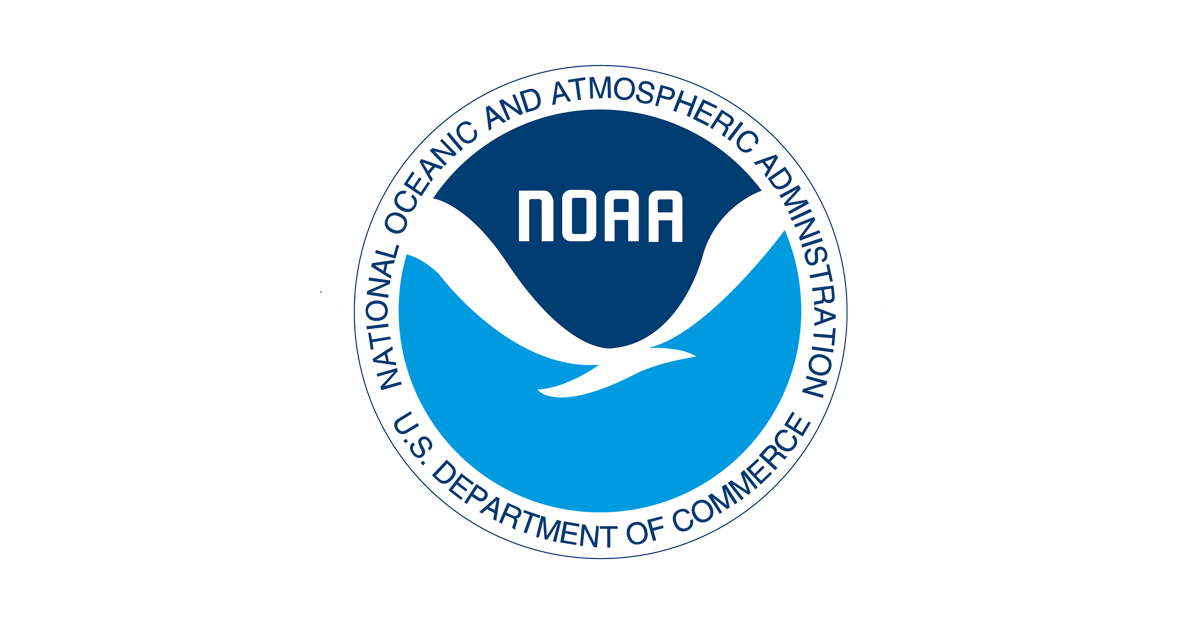PANAJI
A team of 20 scientists from America’s National Oceanic and Atmospheric Administration (NOAA) will be landing in Goa next week to hold a meeting with India’s leading ocean, atmosphere, and fisheries scientists to review their collaboration in this field and decide on the future course of action.
According to sources, scientists from India and the US have teamed up to reinforce their observation of the vast Indian Ocean, where the atmospheric development has an intense impact on the weather of not only India and the countries in the region, but also on America.
“The Madden Julian Oscillation is a phenomenon in the western tropical Indian Ocean which has the most impact on weather pattern of the US,” said Craig McLean, NOAA Assistant Administrator for Oceanic and Atmospheric Research and acting NOAA chief scientist.
“There’s some shallow water near the Seychelles Islands. It heats up, you get evaporation and you get this storm pattern that propagates across the Indian Ocean over Indonesia, across the Pacific and then to the United States,” said McLean, who is leading a high-powered US delegation to India for the meeting.
The Goa meeting of Indian and American scientists would mark a decade of productive collaboration on ocean and atmospheric observations, with life-saving economic benefits for both nations, he said.



























